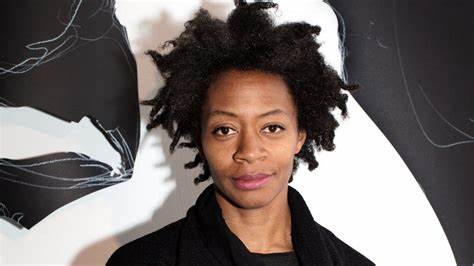How the ‘Caribbean or Afro’ society was created, Pro. Fabienne Viala claimed they have been shaped by the ‘slave trade, the plantation system and structural racism’. Exploiting their bodies, land, and resources is the nature of this white-black co-living and the denial of socioeconomic chances. The Caribbean and Afro society was wounded by racial discrimination, and their past was reflected in postcolonial thinking and art-creative practices. After a long period of the slave trade, colour discrimination, and denial of opportunities, creative forces start to respond aggressively.
Caribbean and African people have started hunting down the past ghost of racial problems and discrimination. They built a society and system of resistance from the fragmented elements and ‘competing post-national identity claims based on ethnicity’. ‘Contemporary art, as a conceptual mode of relationship with its public, has become, in the last 20 years, a privileged platform for contesting the everyday racism that shapes the life and the future of Caribbean generations on the island nations and in the diaspora, Viala writes in an essay ‘Cultural agency and anti-racism in Caribbean conceptual art’.
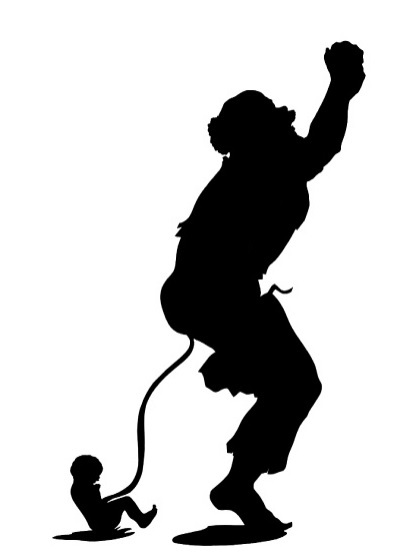
Why art is so significant in discrimination and social changes? What did ‘Afro’ music, literature, and art in these social changes, and the rebellious nature of creative expressions.
Rebel in Visual language
In this essay, Viola writes about the impact of Kara Walker’s ‘Sketch for an American Comic Opera with Fort Sumter’ drawings on American society and ‘turn the history of slavery in the United States of America into four ironic, brutal and powerful vignettes, which portray slavery and racism as the original sins of the American nation’. In a book titled ‘Burgers in Blackface, Naa Oyo A. Kwate write about the presence and absence of black life in public space and how Kara Walker’s public art installation of a forty-foot black female sphinx made a public presence in the 2014s. This sculpture made out of sugar symbolised the pain and profit wrung from African ancestors; black bodies fell on us hard, writes Naa Oyo.
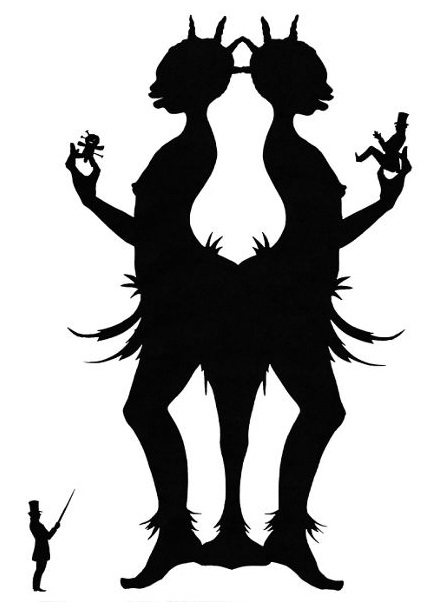
Art always makes a presence and changes the world accordingly, fueling social change or stimulating the suppressed and oppressed people. The iconic artwork by Kara Walker carries her into the monumental and creative presence of black American resistance and rebellion: precise pencil drawings and Egyptian sphinx–American mammy figure are the icons of ‘Modernised Black American life’, especially in a feminist view. In the 1990s, Kara Walker becomes an Artist and Cultural powerhouse through her works, a unique combination of violent figuration and gorgeous forms, and an emerging attitude on Afro-American Art and life after Michel Basquiat. Kara Walker’s visual language is entirely different from Basquiat, and she borrows icons and pictorial tones from fantasised and travestied history of American slavery, which makes her violent in nature when she does artwork.
‘Walker’s work has illustrated numerous fascinating analyses in African American Studies on postslavery subjectivity, trauma, the state of racism and sexism and the peril of Black lives in the United States, the state of post-Black art, writes Vanina Géré in ‘Kara Walker’, book published by MIT press.
The beauty of Afro mask
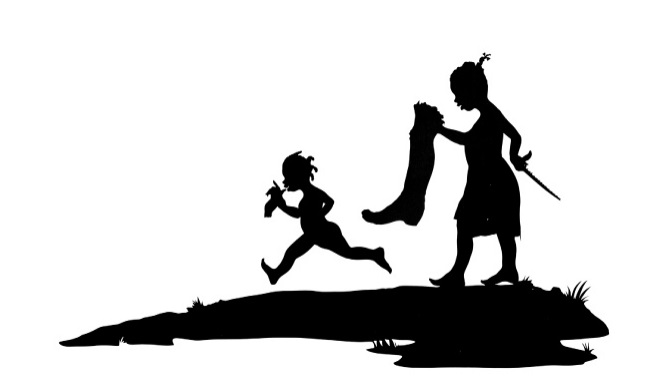
Desire—A Reconstruction, 1995. ©Kara Walker, courtesy of Sikkema Jenkins & Co
The significance of Kara Walker’s artwork does not talk about the resistance, but the beauty of ‘Afro’ life, through fairy tales, music, dance and ancestral stories. Walker’s characters are real, imaginative and joyful; then, she often includes sexuality as a subject of narration that challenges Christian morals. Why are some imaginations more creative than others? Kara Walker’s artwork always talks about the human capacity to create violence than art, lust, disgust, and a thoughtful realm of the past. Kara Walker converts human bodies with their stories into a historical visual narration of slavery. ‘Walker does not control these spectres as much as she wields them. Violently humanised through acts involving the grotesque, Walker’s characters are violently racialised through her use of stereotypes. Her stereotypes, however, exceed the immediate pain associated with demeaning images of African Americans. Her paintings encompass the obverse, the fear that one’s actions will correlate to a stereotype. Under these circumstances, the onus is to prove what one is not rather than what one is, writes Hamza Walker in ‘Kara Walker’s book.
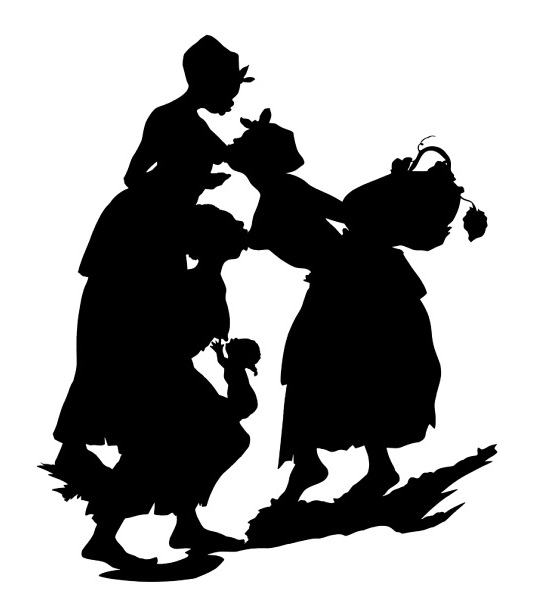
Heaven, 1995. ©Kara Walker, courtesy of Sikkema Jenkins & Co
Kara Walker has many stories in a visual form to bring the cruelty done to black people; people are in a role-play, playing their role as they did in real life, maybe opposite of what they are. Kara Walker’s idea of art, as Frantz Fanon commented, ‘I am not a prisoner of history. I should not seek there for the meaning of my destiny, and Walker reroutes Fanon’s ideas into a visual vocabulary with her visual memory of her past life. Walker challenged herself to do something more than challenge the visual memory of the people who lived in a manipulative undercurrent. Walker’s idea of returning the unfamiliar conditions into a conditioned stage of history makes us increasingly rebellious.
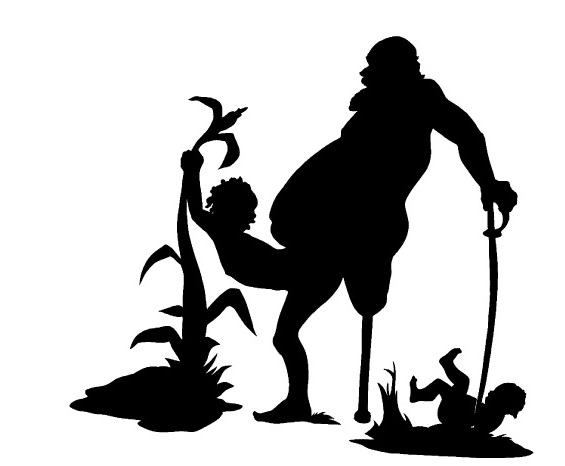
Heaven, 1995. © Kara Walker, courtesy of Sikkema Jenkins & Co
With visual bodies, Walker creates drama or melodrama in the visible physique. For that purpose, is she fulfilling this picturesque appearance of characters in contemporary social narratives? ‘It makes a difference which word we choose. I think it is worth insisting on the latter term, for it better explains the risky extremism of Walker’s work. Why choose hyperbole to address slavery’s wound when there is no exaggerating that wound’s seriousness and depth? Melodrama, as the mode of convention and excess, leads Walker straight from popular visual culture through fantasy and on into a bodily quagmire where the polite tradition is sullied in aid of a larger moral truth, writes Anne M. Wagner.
Kara Walker’s Artistic Life brings the challenging topic of Black life, especially from the women’s perspective, and slavery is the undercurrent of this subject, as always. As a subject of historical inquiry, Kara Walker is grown more than any other Afro-American artist to make a hypothesis on many topics that related to the Afro life of survival, women in obedience and men in power structure. Sex is a medium of articulating life through actions and reactions. The way Walker uses the stories of slavery and plantation life, slave hunts, mutilation, rape, murder and many other horrors of slavery opens the eye, and people start to reexamine this history more accurately than ever after this show.
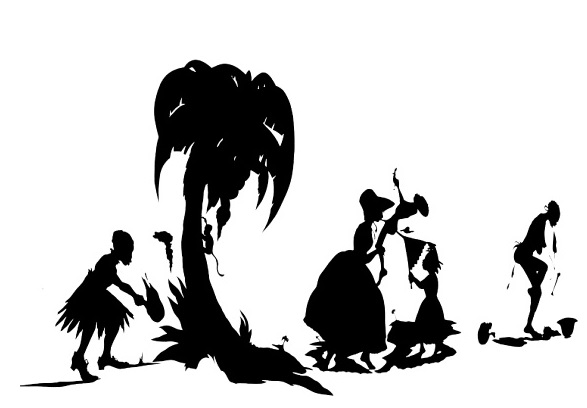
Walker destroys the myth of a harmonious rural life while disguising the inhumane treatment endured by slaves—some four million in the United States alone, as written by Yasmil Raymond.
Feature image: medfordarts.com

Krispin Joseph PX, a poet and journalist, completed an MFA in art history and visual studies at the University of Hyderabad.


